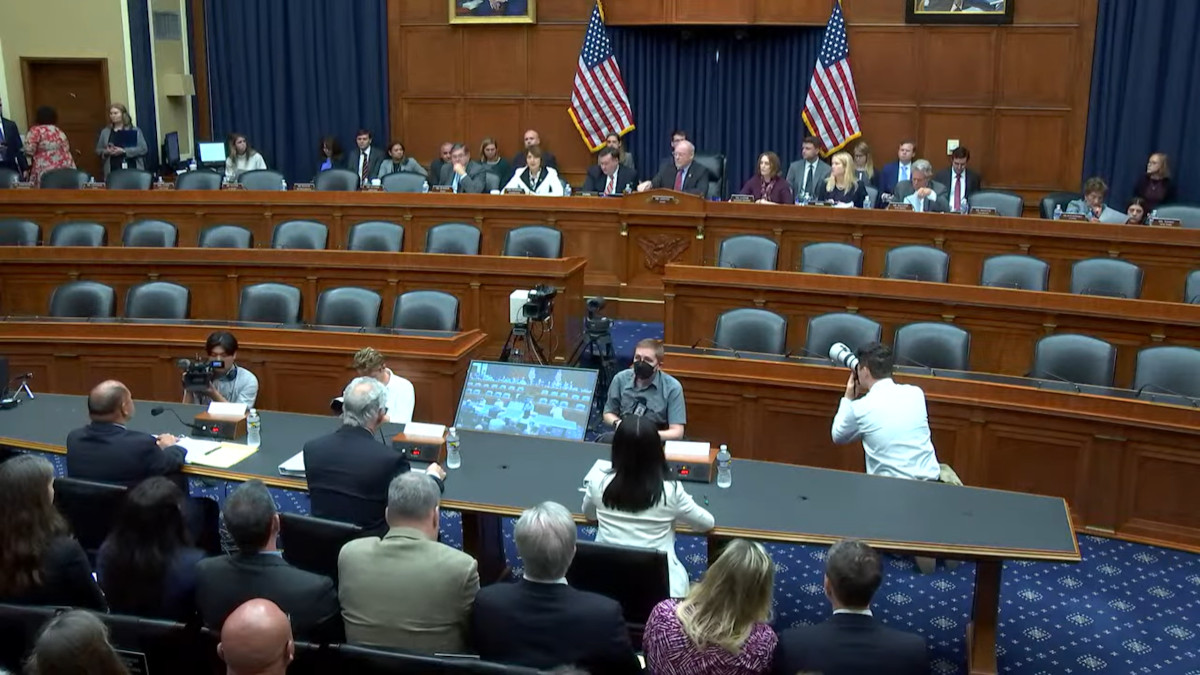(BIVN) – Following the devastating and deadly fires on Maui, and subsequent questioning before Congress on its role in the disaster, the Hawaiian Electric company on Friday issued a news release concerning its Wildfire Safety Strategy.
From Hawaiian Electric:
Hawaiian Electric today announced actions it is taking as part of its Wildfire Safety Strategy, particularly in drought-stricken areas at elevated risk for wildfires.
“With the events of Aug. 8 fresh in our minds, safety remains our top priority, and as drought conditions continue, Hawai‘i is seeing heightened risks for wildfires across the state, as we have seen this week with a fire near Mililani. We are building upon our current strategy and implementing new and expanded practices to further reduce the risk of wildfires,” said Jim Alberts, senior vice president and chief operations officer of Hawaiian Electric.
The Hawaiʻi Emergency Management Agency recently named wildfires as the top hazard in the state as part of its statewide hazard mitigation plan. Ongoing drought conditions, dry vegetation and potential impacts to the community, cultural resources and economy were all factors that contributed to the ranking. In that report, HiEMA noted statistically there is a 100% chance of wildfires occurring in Hawaiʻi in any given year with an average of 12 events per year.
Hawaiian Electric first began developing its Wildfire Safety Strategy in 2019 and continues to adapt it to address the elevated risks in Hawai‘i. Hawaiian Electric is focusing its efforts in areas identified by the state of Hawaiʻi as being at risk for wildfires.
The three-phase strategy starts with immediate actions, including:
• In the event of red flag warnings issued by the National Weather Service, which indicate a combination of warm temperatures, low humidity and strong, sustained winds, the company will deploy spotters to strategic locations in risk areas to watch for ignition.
• If a fault or disturbance is detected on a circuit, power lines in risk areas shut off automatically until crews visually confirm that it is safe to restore power. This may result in longer outages in some areas, including outages that last overnight.
Over time, the company will deploy more advanced sensors, cameras and other technology to reduce the likelihood of longer outages and the need for visual observation.
The second phase includes work that is underway or will soon be underway to harden the grid against extreme weather events and reduce potential hazards. That includes:
• Expanding inspections of poles and lines, using helicopters, drones, infrared and ground inspection.
• Addressing sag and tension in lines and adding spacers to reduce the potential for sparking.
• Switching from single-strand copper, which can become brittle over time, to aluminum wire or covered conductor in some areas.
• Replacing wood poles with steel poles in some areas.
• Continuing vegetation management efforts adjacent to power lines.
• Using fault current indicators, quickly identifying the location of faults.
• Installing cameras and weather sensors in critical areas.
Additionally, Hawaiian Electric is advancing work on its $190 million grid resilience plan to harden against wildfires, hurricanes, tsunami and flooding, and to adapt to climate change impacts. Half of this multi-year program is to be paid by the federal government with the other half matched by customers, pending approval by the Public Utilities Commission.
The third phase will be longer term and will use a variety of tools to address continuing and emerging threats from extreme weather and climate change. Some of those tools are expected to include:
• Providing more precision in wildfire-focused weather forecasting and risk-modeling
• Undergrounding power lines in strategic at-risk areas
• Expanding use of covered power lines, fast-acting fuses and fire-resistant poles and equipment
• Seeking support for expanded hazard tree removal, wider rights-of-way, and rights of access for clearing vegetation that threatens equipment
• Continuing collaboration with fire departments and emergency management agencies to refine the overall strategy
• Seeking more federal funding for wildfire defense programs
Hawaiian Electric has also begun discussions with government, emergency response and community stakeholders to determine how a Public Safety Power Shutoff (PSPS) program can be designed and implemented in a way that is appropriate for each county and its ability to ensure public safety when power is shut off, potentially for multiple days.
A PSPS would shut off power in certain areas before extreme weather events as an additional means to reduce the risk of a wildfire. Successful use of PSPS would require extensive coordination across all levels of government, first responders, essential service providers and the community because of its broad impact. Enhanced technology, weather forecasting, customer education, plans for backup for critical customers and community hubs and resources would also need to be in place for a PSPS to be safe and effective.
As the phases of Hawaiian Electric’s Wildfire Safety Strategy are successfully executed, PSPS could become the tool of last resort, not the first option.


by Big Island Video News7:55 am
on at
STORY SUMMARY
HAWAIʻI - Going forward, Hawaiian Electric says that if a fault or disturbance is detected on a circuit, power lines in risk areas will shut off automatically until crews visually confirm that it is safe to restore power.